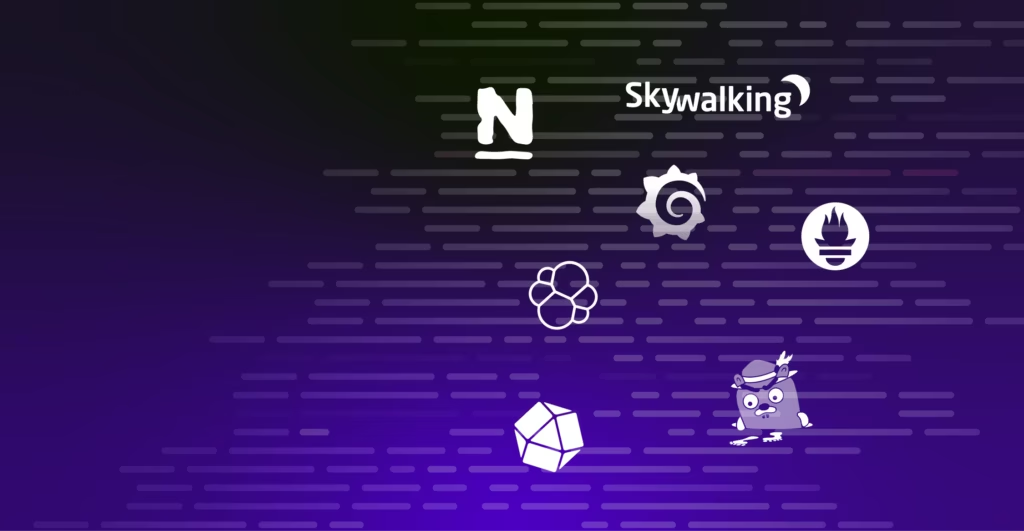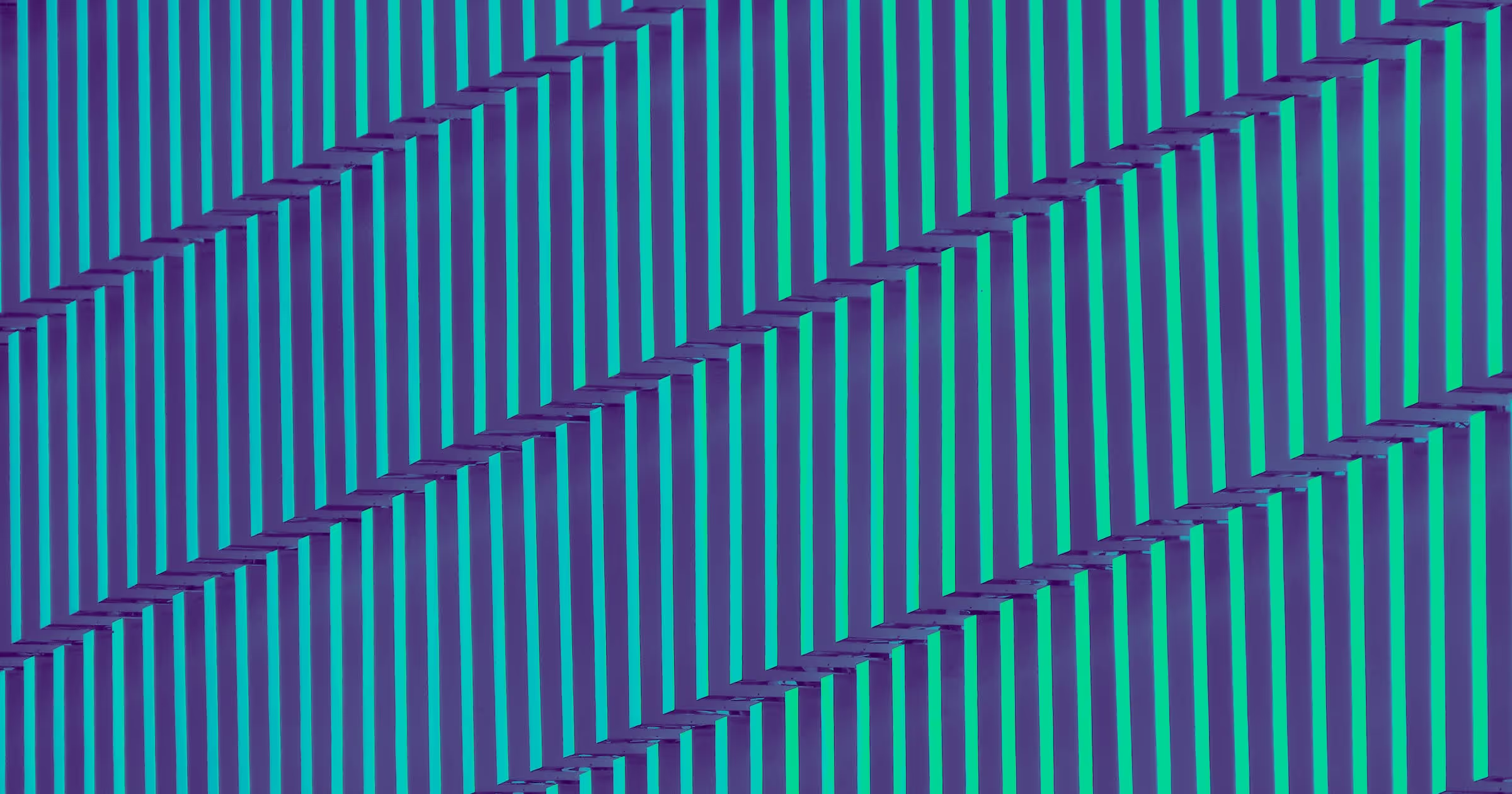Open source observability is the ability to monitor, track, and analyze a system’s performance and health using open source tools and technologies. Open source platforms can help you monitor your systems – and do so without being locked into proprietary solutions.
Despite its advantages, adopting open source observability processes can be challenging. They are often more complex that popular SaaS offerings and come with some learning curve. Additionally, to be successful with open source observability, you need dedicated team members to maintain and scale the platform.
Discover more about open source observability by knowing when and when not to use it. Read on.
When to Utilize Open Source Observability?
Open source observability offers flexible and community-driven solutions for monitoring and understanding the performance and health of software applications. They can be particularly beneficial in specific scenarios.
Here are the situations when utilizing open source observability is the best option:
- Reducing Expenses When Managing Large Data Volumes
- Since they do not come with licensing fees, open source observability platforms are typically more cost-effective than enterprise-grade offerings. That said, you do need to account for the resources (infrastructure, people) dedicated to your open source platform. These cost savings are often worthwhile for teams generating large amounts of data. However, smaller teams should opt to use SaaS commercial offerings – the cost savings in these situations aren’t worth the overhead.
- Prioritizing Customization and Flexibility
- Open source observability offers flexibility, benefiting companies with complex IT environments that require commercial tools. Solutions that provide open source observability offer better customization capabilities. Users can tailor their tools to fit specific needs, such as integrating with a particular tool, adjusting the collection, or modifying how the data is visualized.
- Ensuring Transparency and Security in Operations
- Open source observability provides complete transparency into their source code. This allows organizations to better control their observability infrastructure, and is beneficial to teams with strict security and compliance requirements.
- Harnessing Community Knowledge and Support
- Open source observability comes with a community that is a rich resource for troubleshooting, best practices, and innovations. Organizations can benefit from the knowledge and contributions of this community. Those can be helpful for teams that do not have deep observability expertise or specific technologies in their stack.
- Avoiding Vendor Lock-in
- Organizations can be worried about becoming too dependent on a single vendor. This is why open source solutions are highly recommended. Open source observability tools provide more control over the stack and simplify switching and integrating with other solutions.
When Not to Use Open Source Observability?
Open source observability can be appealing due to the benefits that it offers. However, there are certain situations where the process might not best fit an organization or project.
Below are scenarios exemplifying situations where open source observability might not be the optimal choice:
When Internal Expertise is Lacking
Most open source observability tools have a steep learning curve. Organizations need a deep understanding of the tools and systems they monitor. If a team lacks the necessary expertise to manage the tools, they might struggle to take advantage of open source observability. In such cases, turnkey solutions with out-of-the-box functionality and minimal setup will be more suitable.
For Projects that Need Immediate and Comprehensive Support
The open source observability offers a community with forums and documentation. However, the level of support might not meet the needs of businesses that need immediate and comprehensive assistance. Organizations like finance, health, and retail cannot afford downtime. They can benefit more from vendor-based solutions that offer 24/7 professional support.
When Scalability is a Priority
Many open source observability tools are highly scalable, but maintaining their scalability can be challenging. Organizations with highly dynamic systems can use commercial solutions with easier-to-manage scalability features.
When Advanced Security Features is Required
Open source observability platforms can be secure. However, guaranteeing a system’s security demands a deep understanding of the tools and constant community monitoring for updates. Organizations that require advanced threat detection, encryption, or standard compliance may consider commercial observability platforms as more comprehensive with their innovative security features.
Best Practices for Effective Open Source Observability
If you are thinking of implementing open source observability, here are five best practices for effective you should consider:
Implement Comprehensive Logging
Make sure that your open source observability tool logs all critical events and errors. Structured logging formats (like JSON) make parsing and analyzing logs easier. This approach helps diagnose issues, understand system behavior, and improve quality.
Adopt Metrics and Monitoring
Utilize open source monitoring tools like Prometheus to collect, store, and visualize metrics. Establishing KPIs and setting up anomaly alerts can also help maintain system reliability.
Ensure Tracing Capabilities
Logging and metrics might not be enough for complex systems to understand an issue. However, you can follow a request through various services and components with distributed tracing. This approach gives insights into a system’s behavior and performance bottlenecks. Open source observability tools like Jaeger or Zipkin can be integrated into your project for more efficient tracing.
Foster a Culture of Documentation
Effective observability is not just about tools and systems. It’s also about the people who use them. Encourage your team to document their code, the system’s architecture, and the setup for observability tools. Clear documentation ensures that everyone, from new contributors to long-term maintainers, understands how to monitor the system and where to look when things go wrong.
Engage the Community
The community is valuable in projects that use open source observability platforms. Engage with your community by sharing insights, discussing potential system improvements, and encouraging contributions to the infrastructure. Forums, mailing lists, and real-time chats can facilitate community engagement.
Conclusion
Open source observability is an effective option for organizations that want cost-effectiveness, customization, and transparency. However, there are more suitable options for some scenarios.
The decision to use open source observability tools should be based on a thorough evaluation of an organization’s specific needs, resources, and the nature of its IT environment.
Open-Source Observability FAQs
Why is observability potentially better than traditional monitoring?
Observability offers a deeper understanding of systems in real time compared to traditional monitoring. It identifies when and where something goes wrong and finds the underlying reasons. As systems become more complex, adapting and responding to issues quickly is essential—making observability crucial in securing reliability and optimal performance.
What are the golden signals of observability?
The golden signals of observability consist of latency, errors, traffic, and saturation. These metrics provide a comprehensive view of system performance. They are essential for diagnosing and resolving issues in the system effectively.
What problems does observability solve?
Observability diagnoses and resolves issues within complex systems. It allows teams to understand the behavior of a system in real time. With observability, you can identify and troubleshoot unpredictable problems without relying only on predefined metrics or notorious events.






